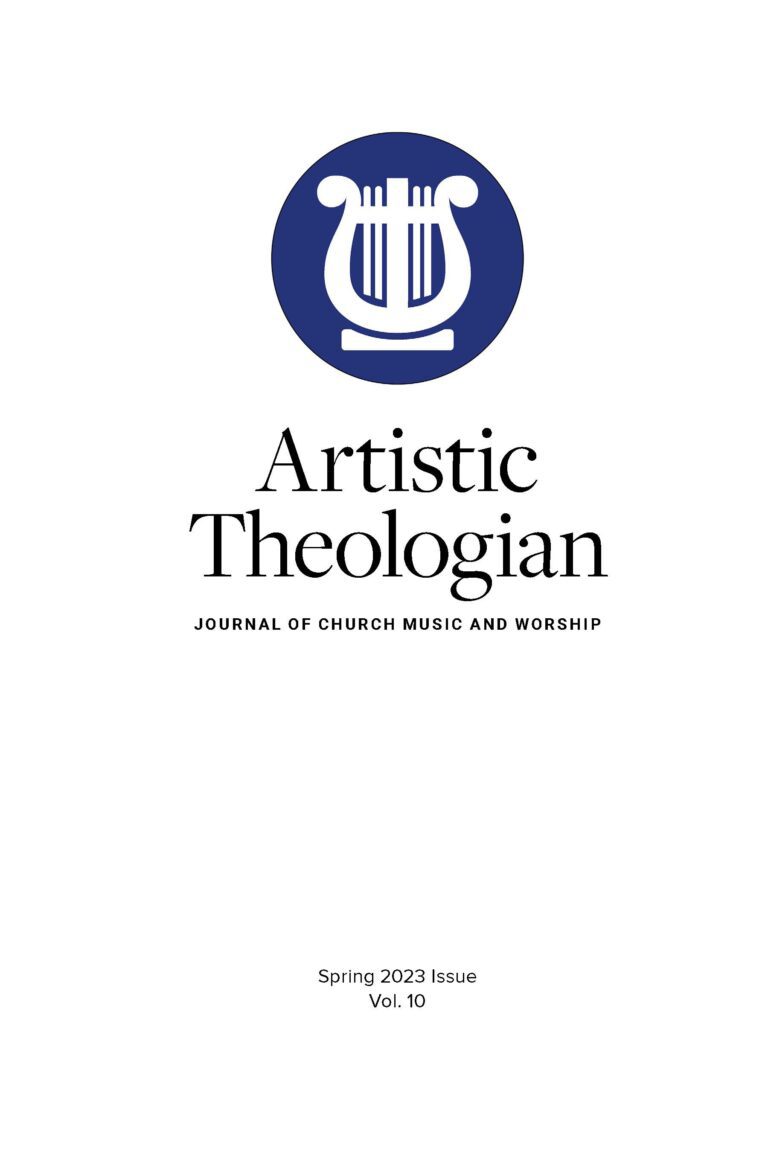
Costen, Melva Wilson. African American Christian Worship. 2nd Ed. Nashville: Abingdon Press, 2007. 144 pp. $20.99.
Melva Wilson Costen is the former Helmar Emil Nielson Professor of Worship and Music at the Interdenominational Theological Center (ITC) in Atlanta, Georgia. In African American Christian Worship, Costen provides an informative historical, theological, denominational, and ritual survey of Black worship traditions in North America. This introductory book on worship research is essential to liturgical studies, memorializing a historical oral liturgical tradition for instructional purposes. The primary purpose of Costen’s work is to provide historical resources that chronicle the origin of African American Christianity in North America through the interplay of African religion and European American Christianity. She focuses on the emergence of worship in African American history, introducing the reader to the text with a “talking drums” prelude that encourages worship in a culturally appropriate manner.
Focusing on the history of various traditions, Costen opens the book with a theological foundation for African American worship based on traditional liturgical and sacramental categories. According to Costen, the supremacy of God, the African battle for existence under horrific slavery, engaging with God experientially, and a strong feeling of connection are all essential shapers of worship in the African American context. She sees them as shared components of an African primordial worldview that underpins a theology of worship, yet she recognizes that there is no one African ancestry. Costen observes that African American worship is a pro- foundly and distinctively evolved style that combines at least four streams of tradition: “traditional African primal world views; Judeo-Christian religion; African American folk religion, which emanated from world views shaped in the American context in a crisis of slavery and oppression; and Western/Euro-American Christianity” (23).
The second chapter presents an overview of the heritage of African American religious life, with a specific focus on North America. Through an Afro-Christian lens, Costen investigates the colonial slavery foundations of African American worship, particularly stressing the political, economic, and theological difficulties over the rite of baptism and release of the enslaved people. The third and fourth chapters are devoted to aspects of slave culture, including the invisible institution of slave-led worship and the praise house. As a method of resistance to tyranny, enslaved people worshiped secretly by praying, singing, and preaching in these invisible institutions. Praise houses are also briefly discussed in the text. These were the first “visible” institutions of worship for African Americans because enslaved people were permitted to worship freely, albeit under the supervision of a slaveholder at times.
The fifth chapter focuses on the sacramental and liturgical components of African American worship. Costen examines the enslaved person’s rituals, sacraments, and ordinances, as well as the role of preaching and music within these ceremonies. The sixth chapter examines African American Protestant congregations and denominations. The author analyzes the origins and practices of Black faiths and congregations in this chapter, highlighting the “anti-structure” role of ritual for African Americans as well as certain shared liturgical aspects among churches.
The seventh chapter further examines various typical liturgical aspects of African American worship life. Though these aspects are mentioned in previous chapters, Costen uses the present moment to speak to their elevation in modern African American church life. Despite her efforts to find common elements of worship, Costen reminds the reader that African Americans are not all the same, as demonstrated through discussions of Baptist, Pentecostal, Methodist, and Holiness traditions.
Costen wishes to foster discussion about the cultural worship rituals covered in the literature. This book promotes a much-needed dialogue regarding African American Christian worship by providing a historical review of its origins in slavery and how it now presents itself via significant rituals in diverse churches. This is a good analysis that may be used as a guide for congregations and schools interested in investigating the nature of worship as it manifests itself among specific communities of religion. The study questions at the conclusion of each chapter make this work valuable in academic and pastoral settings, and it should even assist ecumenical groups in engaging in discourse with African American churches about their distinctive contributions to the liturgical life of the larger Christian faith. A suggested worship planning model that supports the use of a lectionary and inclusive language describing believers, coupled with ample bibliographic material, adds to the great strength of this book.
Despite many strong qualities, this reviewer also believes there were several missed opportunities. Costen exclusively emphasizes various Protestant African American Christian worship communities, excluding African American Catholics. In both Catholic and Protestant traditions, African American worship is an essential ecclesiastical tradition in the United States. The lack of African American Catholic worship experiences in a book about Christian worship is an unfortunate oversight.
Also, Costen offers a call to worship through the preface of her book. This reviewer would have welcomed a benedictory or sending postlude to help summarize and synthesize the thoughts contained within the chapters.
Despite these critiques, Costen’s writing engages in the academic debate on African American worship rituals by demonstrating how practices are entrenched in cultural history and theology. This book fills a significant void in the existing literature on American worship by providing a practical and academic introduction to this overlooked worship tradition. This digestible book comes highly recommended by this reviewer. Every professor, pastor, and parishioner should read Costen’s African American Christian Worship.





